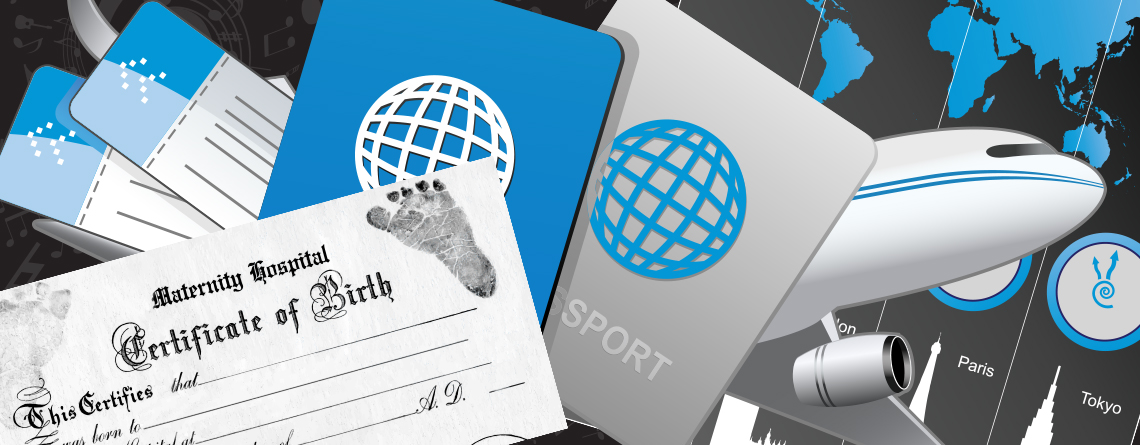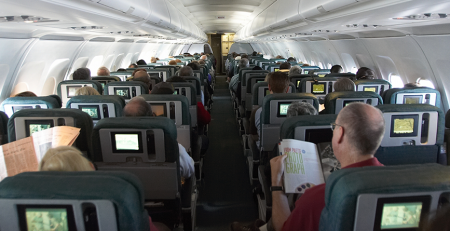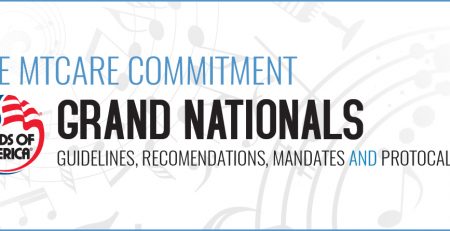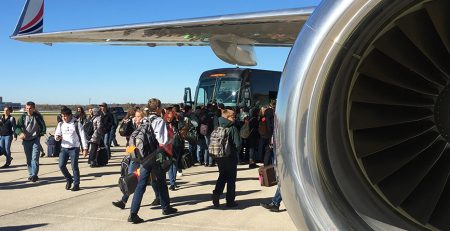Flying in the USA – Important Identification Update
In case you missed it in recent news, Homeland Security (DHS) and Transportation Safety Administration (TSA) now are making sure the traveling public complies with a 2005 law: the REAL ID Act. Simply stated, some state-issued driver’s licenses and photo I.D.’s are no longer sufficient identification for one to use when passing through Security Checks for flying within the USA’s domestic air carriage networks.
A direct reaction to the 911 Commission’s report, the REAL ID Act specifies minimum security standards for the issuance and production of driver’s licenses. It prevents Federal agencies from accepting, for certain purposes, driver’s licenses and identification cards from states not meeting the act’s minimum standards. Entry to Federal facilities is the main focus for identification checks, but boarding federally regulated commercial aircraft is one of the act’s main “entry” requirements. The latter now (effective in 2016) may be regulated for commercial domestic (within the USA) flights.
Around 90% of U. S. Drivers hold I.D’s from jurisdictions that meet the act’s requirements, or from jurisdictions that have received extensions of the deadline by which the act’s requirements must be met. The extension deadlines vary from state to state; click here to check your state’s status.
If your state does not comply with the act’s standards, it doesn’t mean that you must get a valid U.S. Passport for domestic travel. Here are other forms of identification accepted by TSA: Adult passengers 18 and over must show valid identification at the airport checkpoint in order to travel.
Remember, for air travel to Canada or Mexico, everyone must have either a valid passport or valid passport card. And, for all other International travel, every passenger must have a U.S. or Foreign Passport, valid for at least 6 months after your planned return date (to be safe – check this period with the countries you will visit). Some countries require visas, as well.
For more information and answers to questions, please visit: www.tsa.gov
Have questions about preparing for your group travel? We are happy to help.












